Types of print
In the production of packaging, we use 3 printing methods depending on the type of project:
- offset printing
- flexographic printing
- digital print
- offset printing
- flexographic printing
- digital print
OFFSET PRINTING
This is one of the most commonly used varieties of industrial flat printing. It involves the transfer of paint from the matrix to a sheet of paper through an intermediary in the form of a cylinder. This method is time consuming and requires longer preparation and enforces high initial costs. However, it becomes financially advantageous with outlays counted in hundreds of pieces - then the offset guarantees wide printing possibilities and high quality at a low price.
When to choose offset printing:
DIGITAL PRINT
Digital printing is created using an electrophotographic printing machine designed for printing on cardboard. It creates a printout based on a computer database. They can be delivered on a portable pendrive device and receive a printout immediately. The digital printing method is cheap and used at low volumes and different paper weights, however, it has a lower print quality than in the case of offset printing.
When to choose digital printing:
FLEXOGRAPHIC PRINTING
This is the most economical printing method - it uses liquid quick-drying inks, which are applied using a polymer printing form with protruding elements. It works even on uneven surfaces and allows to obtain a convex effect on the print, which is why flexographic printing is called convex. Flexographic printing technology is developing very quickly, currently guaranteeing high quality implementation: with intense colors and details. Most often we use it to print corrugated packaging, it works great for advertising materials.
When to choose flexographic printing:






